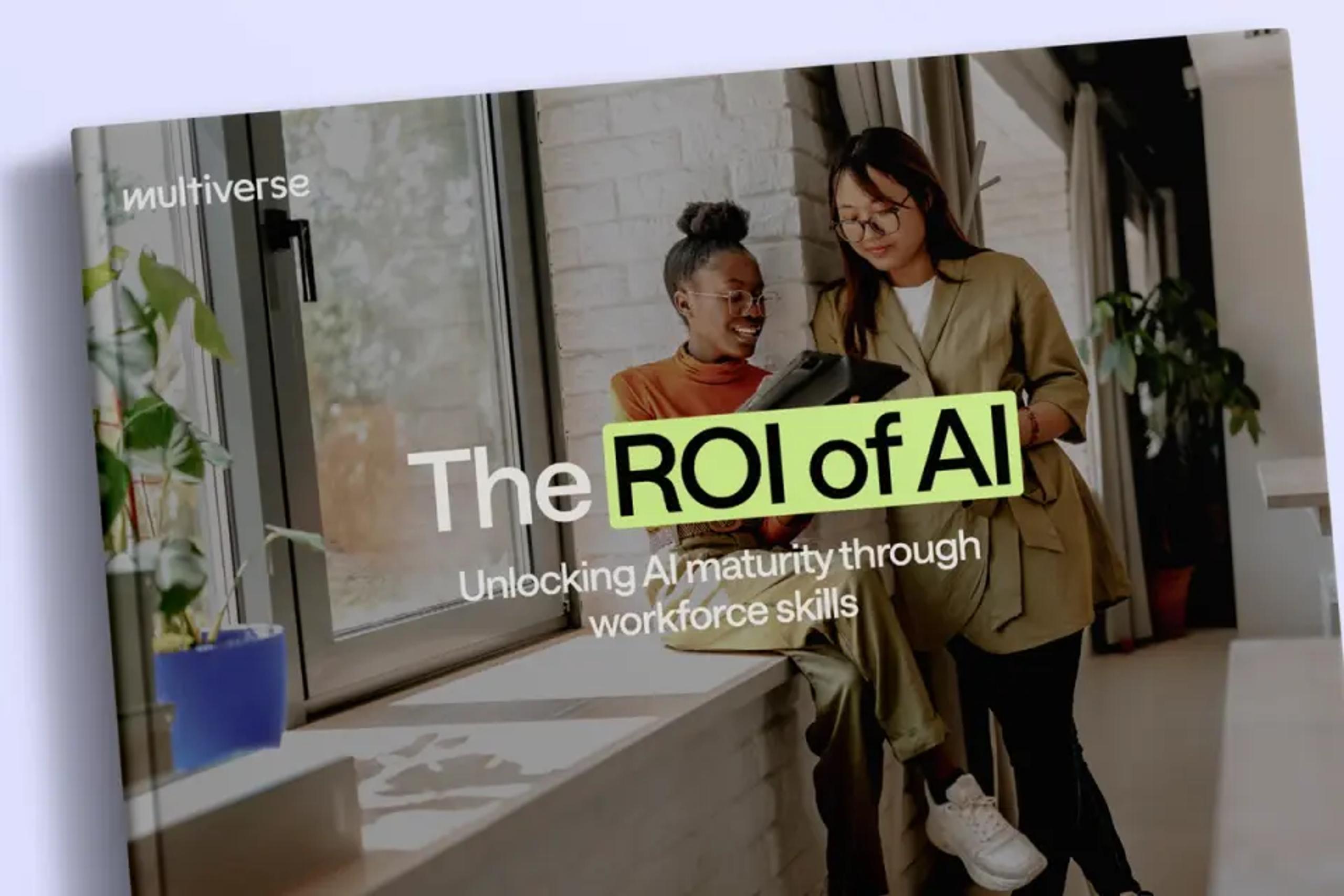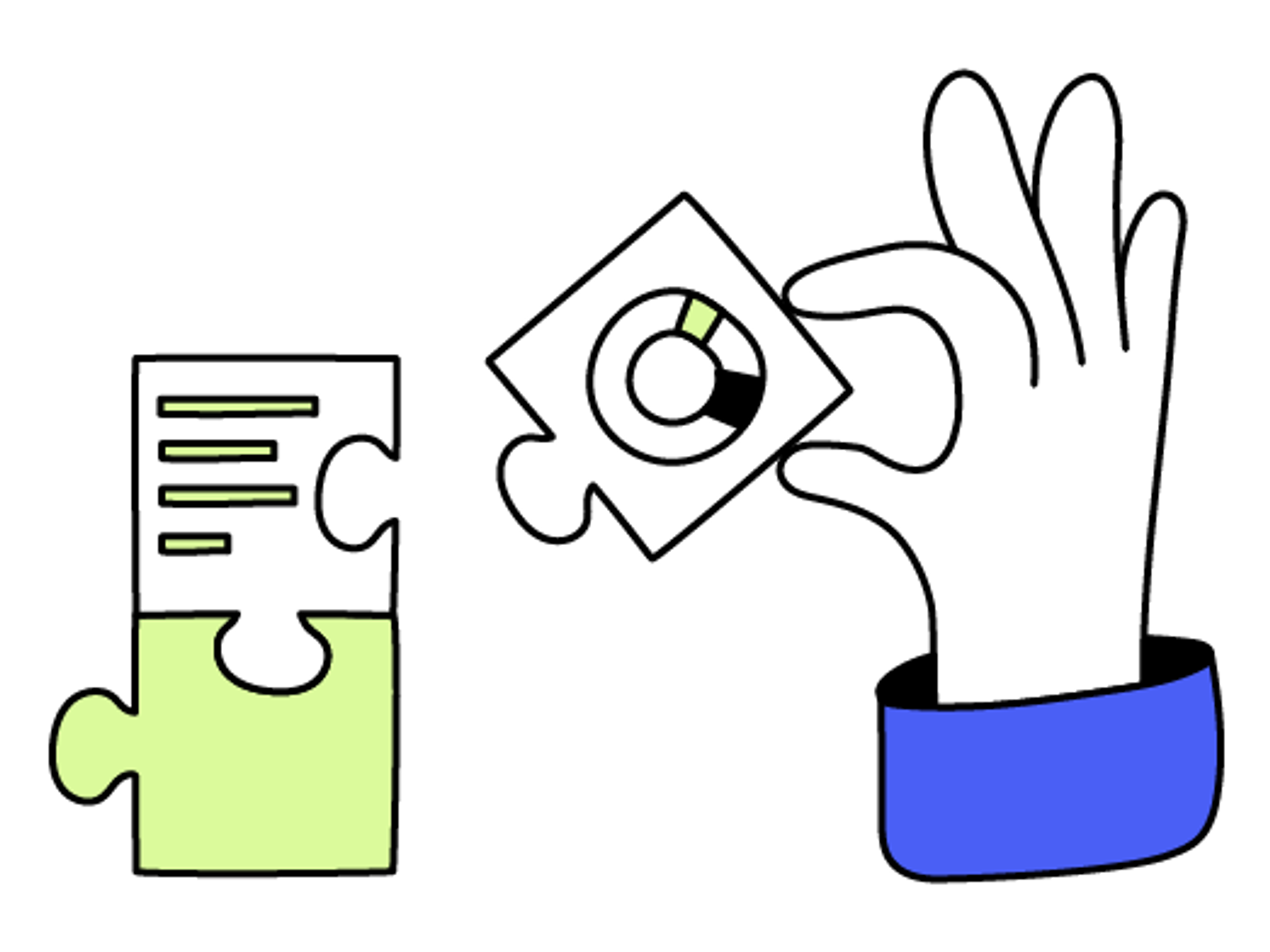At Multiverse, our Workforce Diagnostics team has developed an individual differences approach to assessing learners. In particular, they have defined and are now able to measure the attributes that will be most impactful on how effectively they might learn and apply that learning. This overall collection of attributes is defined as Learning Agility.
Learning Agility is not only important regarding an individual's potential to learn (Eichinger & Lombardo., 2004), but also their effectiveness at work (DeRue et al., 2012). At Multiverse, we double down on the concept of applied learning; learning that translates into improved performance and therefore career success. This concept is therefore critical for us to measure. But what exactly do we mean by Learning Agility?
Learning Agility - What it really means
Learning Agility has historically been used more often in leadership frameworks than learning frameworks. We see this as a missed opportunity. Learning Agility can help us delve into understanding the intricate patterns of behaviour, the methodologies individuals use to learn, and the specific factors that significantly influence their learning processes. This provides a clear and detailed view of their strengths and potential areas of growth, enabling the development of more personalised strategies for their learning and development. In simpler terminology, Learning Agility not only aids in identifying potential but also assists in mapping out the most effective and personalized pathways for individual learning and growth.
How we define Learning Agility at Multiverse
Our model of Learning Agility is inspired by and builds on both the literature and our own empirical research findings. In simple terms, it splits learning agility into three crucial areas: the Head (thinking capabilities), the Heart (motivation), and the Hands (action).
- The Head: How do learners process information, use strategies to speed up learning, and apply knowledge independently? For example, our metacognition assessment helps to understand how well individuals can pick up and utilise newly learned skills in their day-to-day work.
- The Heart: What is it about learning that an individual finds most motivating? It involves a deep-dive analysis of seven unique motivation factors. It’s all about understanding how different motivations directly affect how someone interacts with the learning journey, and how they affect learning outcomes.
- The Hands: What are the behavioural traits that can either help or hinder the learning process? We delve into specifics, looking at things like ownership and openness, to reveal the natural tendencies of each learner.
Applying this in practice
All this additional insight about each learner is only valuable if it is actionable. It’s imperative that this data is used in a manner that helps optimize applied learning outcomes.
Here are a few ways in which we are using these insights at Multiverse:
- Design learning plans that work with individual thinking skills, motivational profiles, and natural tendencies.
- Spot potential learning hurdles early on, allowing for early intervention, increased retention and engagement, leading to better learning outcomes.
- Make the best use of resources by matching learners to the most suitable level of support.
In Summary
Our model of Learning Agility is a major step forward in understanding and applying individual differences research within a professional development context. By zeroing in on the individual elements of the Head, Heart, and Hands, training providers can deliver unprecedented levels of personalisation and effectiveness in their training programs. Plus, it leads to a more inclusive and equitable learning environment. It's all about giving every professional a fair shake at reaching their full potential.
References
- DeRue, D. S., Ashford, S. J., & Myers, C. G. (2012). Learning agility: In search of conceptual clarity and theoretical grounding. Industrial and Organizational Psychology, 5(3), 258-279.
- Eichinger, R. W., & Lombardo, M. M. (2004). Learning agility as a prime indicator of potential. People and Strategy, 27(4), 12.







